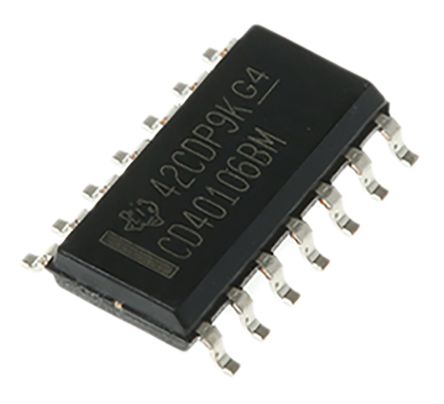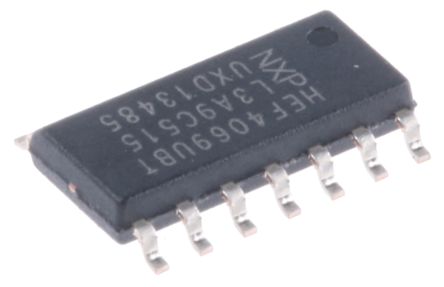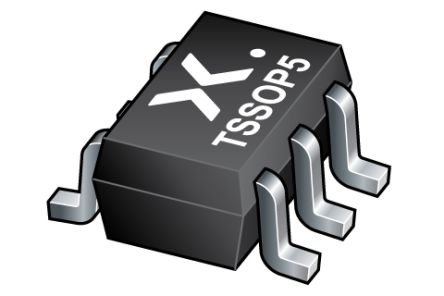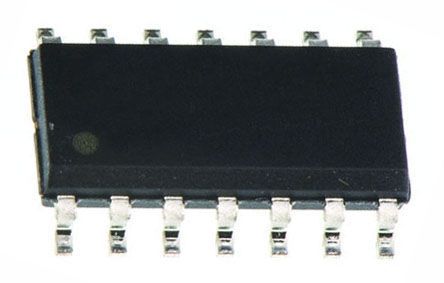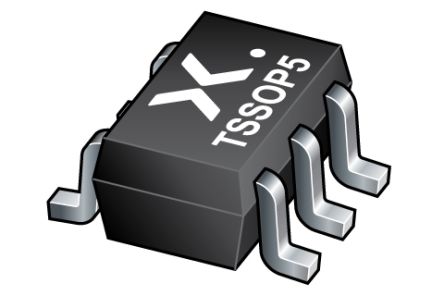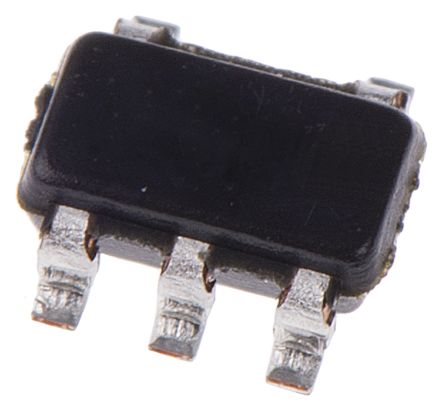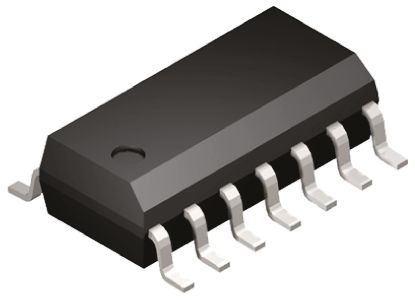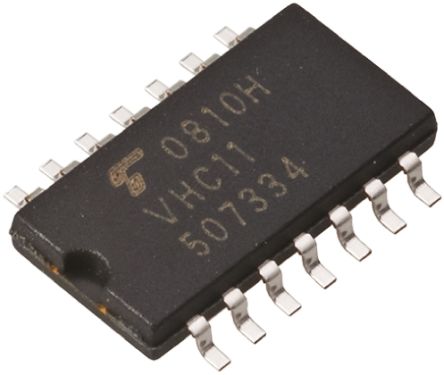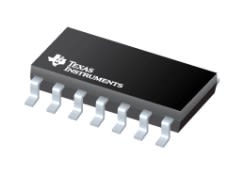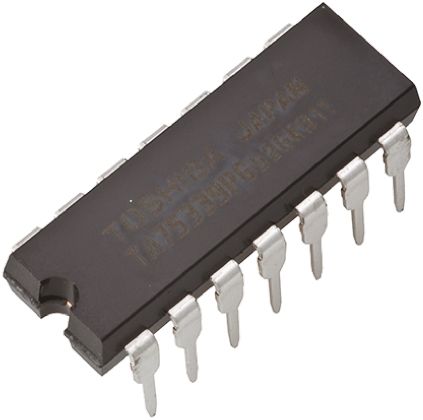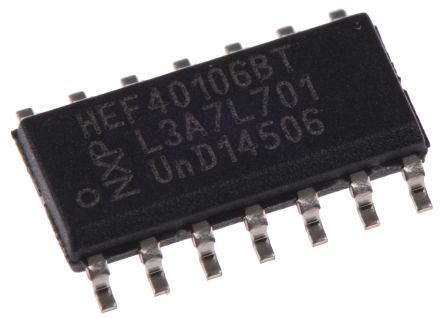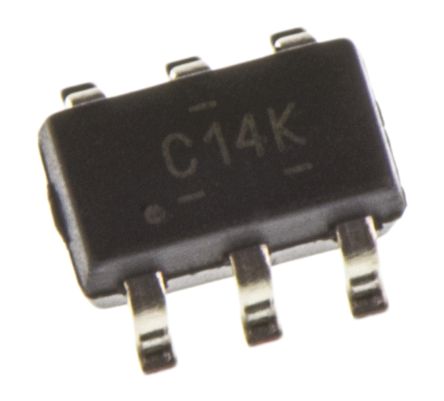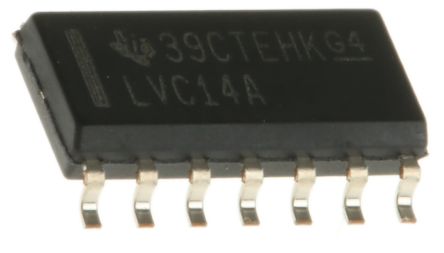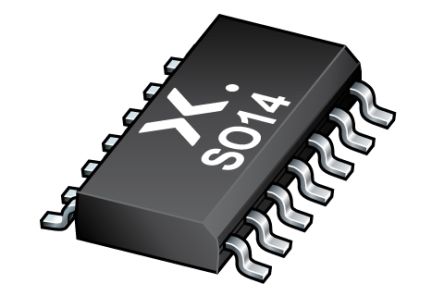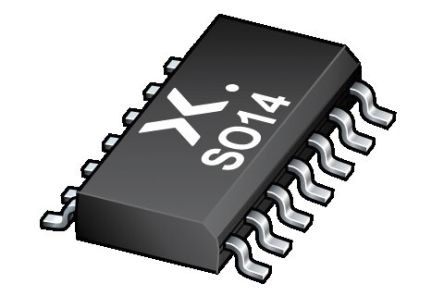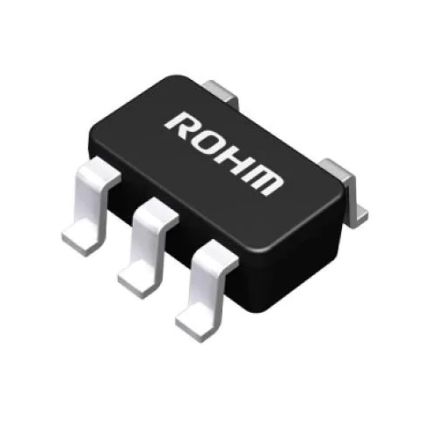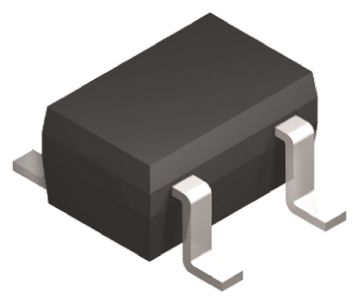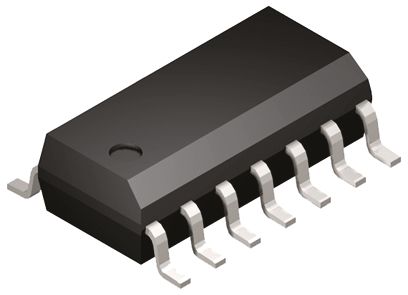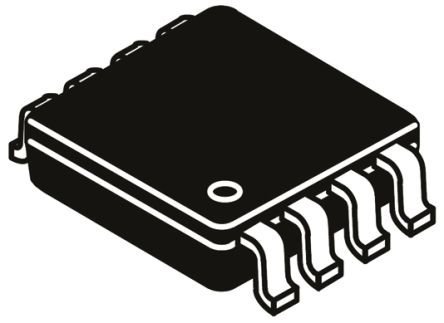- Automation & Control Gear
- Cables & Wires
- Enclosures & Server Racks
- Fuses & Circuit Breakers
- HVAC, Fans & Thermal Management
- Lighting
- Relays & Signal Conditioning
- Switches
- Batteries & Chargers
- Connectors
- Displays & Optoelectronics
- ESD Control, Cleanroom & PCB Prototyping
- Passive Components
- Power Supplies & Transformers
- Raspberry Pi, Arduino, ROCK, STEM Education & Development Tools
- Semiconductors
Inverters ICs
Inverter ICs (integrated circuits) are semiconductor circuit devices that produce logic functions and are the primary component of integrated circuits. CMOS inverters are found in most electronic devices and are responsible for producing data within small circuits.
How do inverter ICs work?
Inverter ICs work similarly to most other types of field-effect transistors but depend on a layer of oxygen to separate electrons in the gate and semiconductor. They constructed of a power supply, voltage input terminal, gate, drain, voltage, and PMOS and NMOS that are connected to both the gate and the drain. As low voltage is applied to the voltage input, the PMOS is turned on while the NMOS remains off, allowing electrons to flow through the gate and causing the voltage output to produce a high logic. As high voltage is applied to the voltage input, both the PMOS and NMOS are turned on, preventing electrons from reaching the voltage output and causing the voltage to produce a low logic.
Types of Inverter ICs
There are various types of inverter ICs such as;
Hex Inverters - A hex inverter is a type of an integrated circuit that contains six inverters. Inverters are the foundation in digital electronics. Many sophisticated digital devices use inverters, including multiplexers, decoders, and state machines. Hex inverters have various roles but can be responsible for cleaning up a noisy signal, adding small delay, level shifting, converting between logic families, or as an analogue amplifier. Hex inverters can also be constructed with bipolar transistors to improve processing speed.
Schmitt trigger inverters - Schmitt trigger inverters are a type of active circuit that converts an analogue input signal to a digital output signal.
Applications of inverter ICs
Inverter ICs have a wide range of application such as;
- Digital cameras
- Mobile devices
- Home computers
- Network servers
- Routers
- Modems
- Electronic devices that require logic functions
